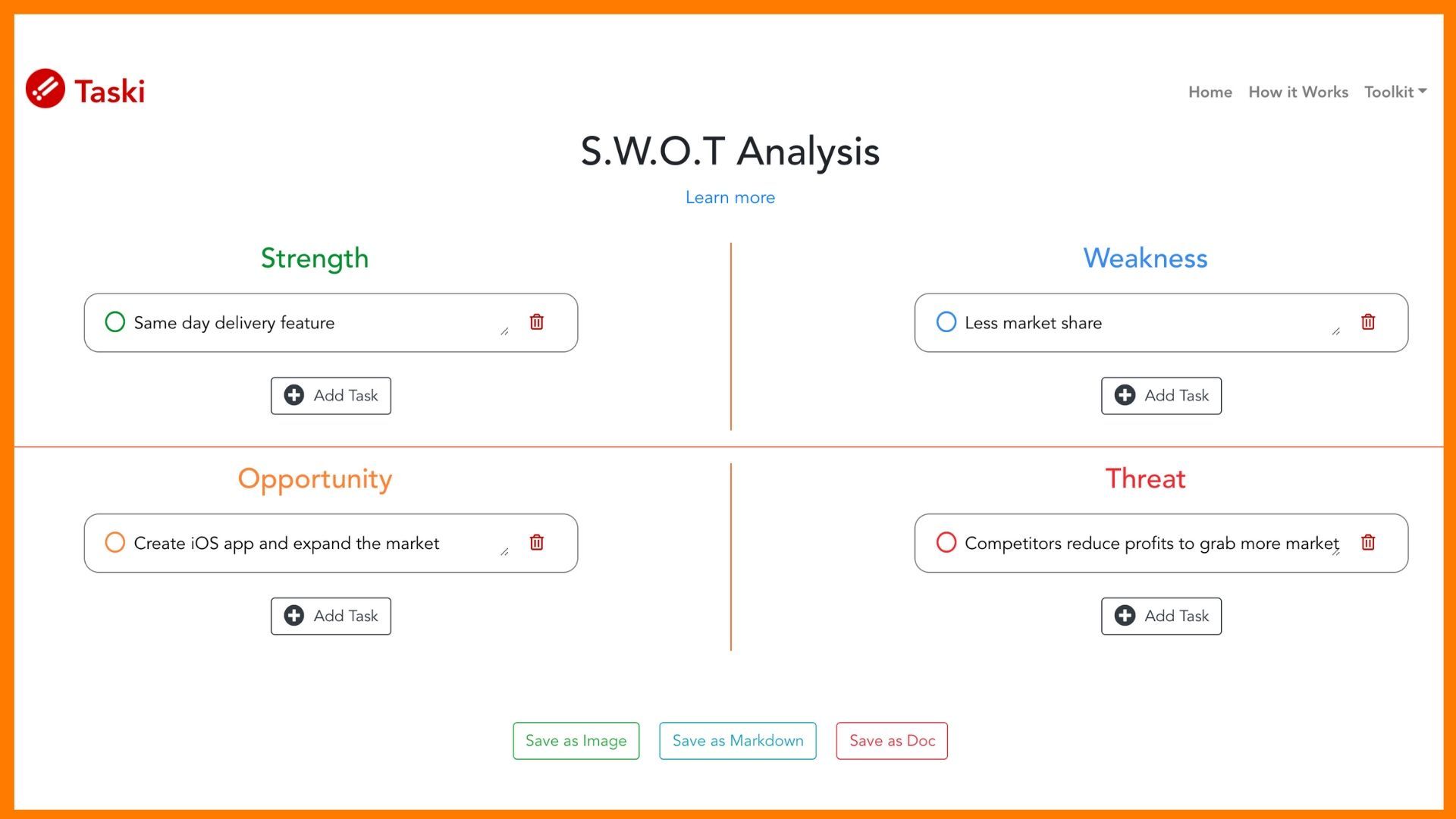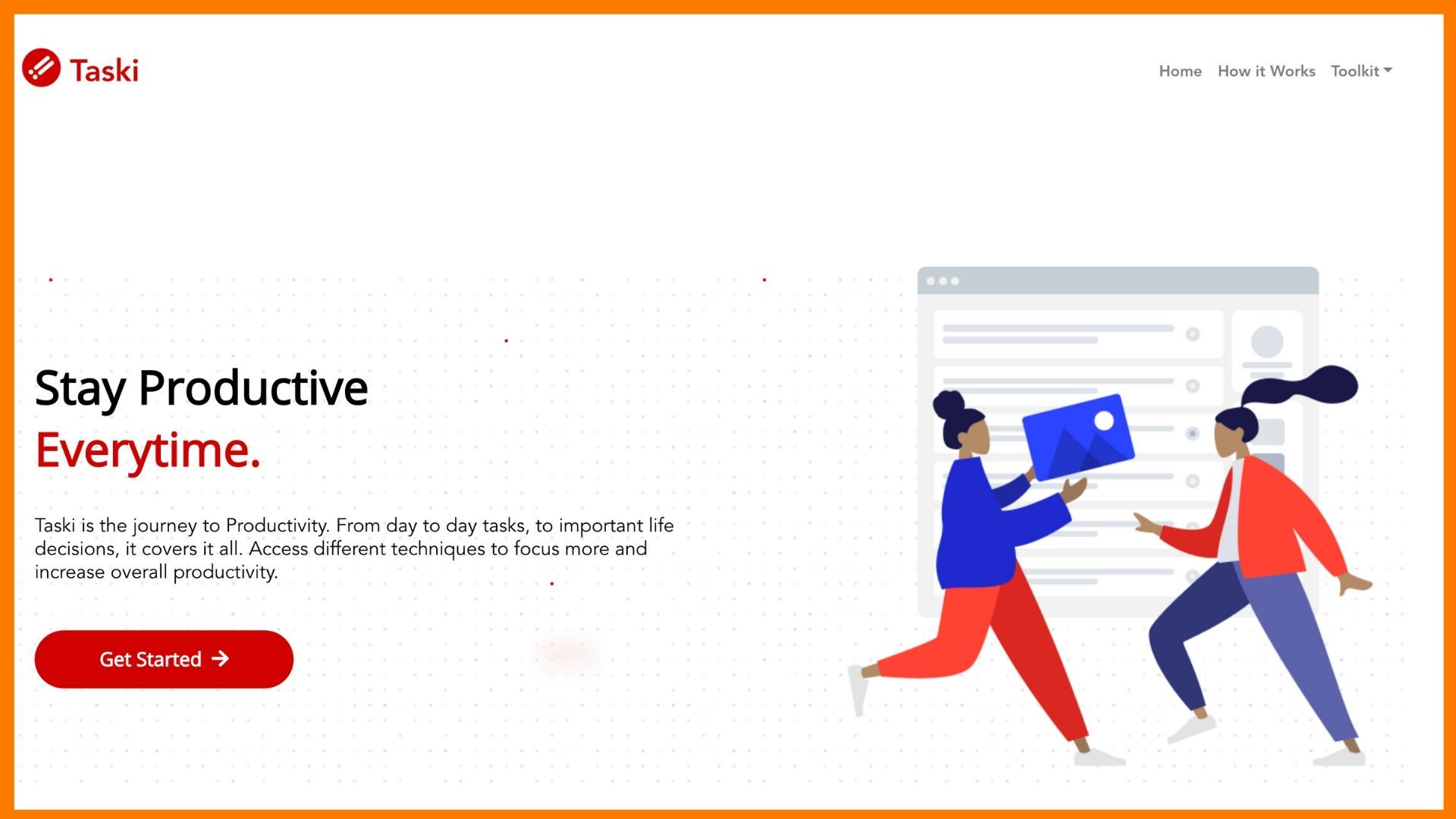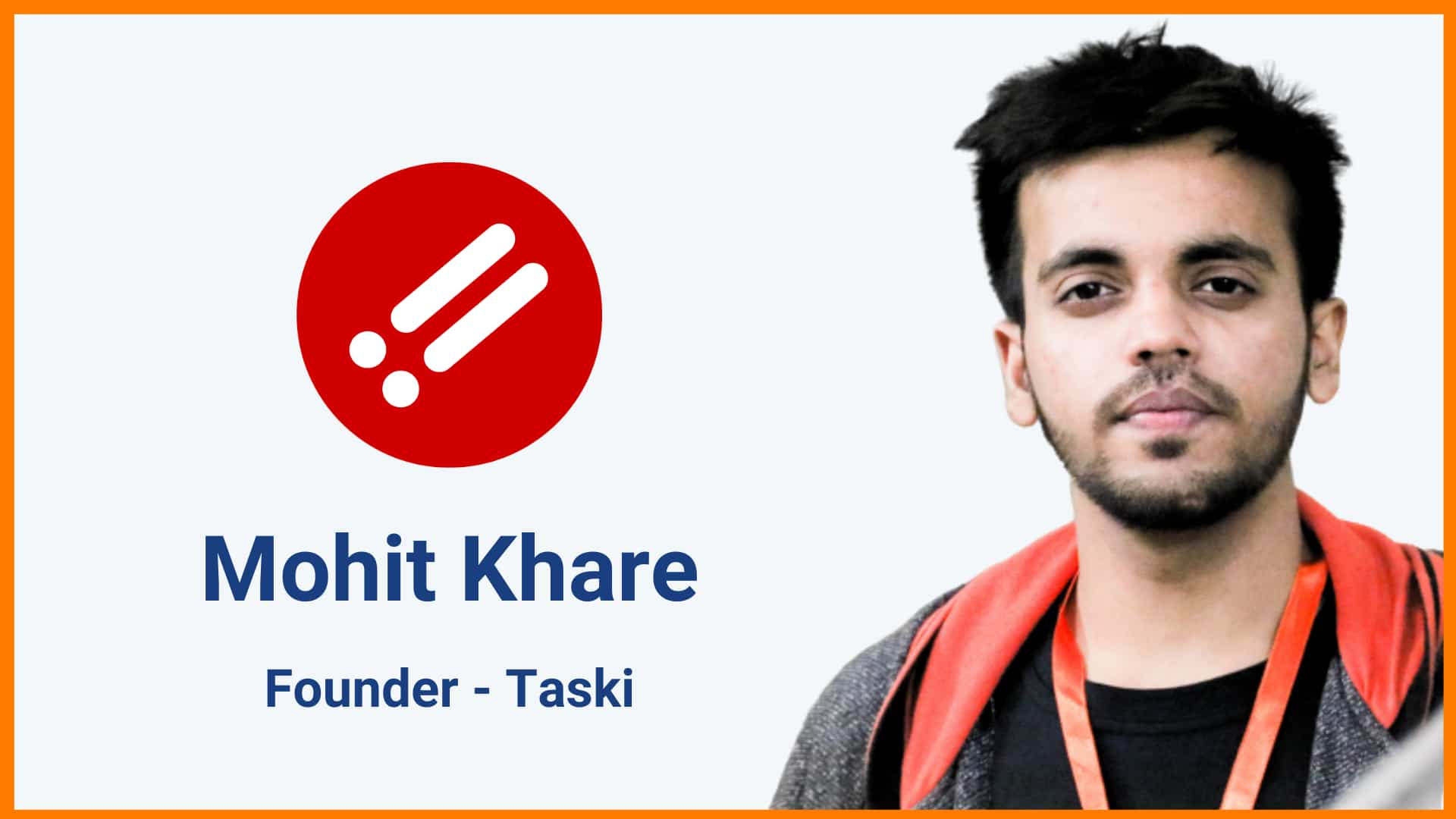Gone are the days when we needed to download and run a software on the desktop, and web apps and SaaS (Software as a Service) have almost taken over this regime. While some users even today prefer downloaded applications owing to an inconsistent internet connection, web apps are clearly the preferred tools in use. Moreover, if you have the resources to perform a task without downloading a software, downloading it doesn’t really make a lot of sense.
Web Applications are programs stored on a remote server, and can be delivered and used directly on the web browser. Web applications can be designed for performing a variety of tasks, and even the E-commerce websites we use today are categorized as web apps. Moreover, various tools used by IT employees, content creators, designers, and software engineers are web applications, and can be directly accessed via a browser.
While the use of web applications is constantly on the rise, so is the need for web app developers. Modern applications are indeed built some of the newer frameworks such as React Native, which offer a lot of functionalities, these applications can also be built without code. No Code Web App Development Platforms are tools which can be used to develop a web app without the use of code. There are a lot of such applications on the web, and while it isn’t an easy choice, here we list and compare 10 of the most popular no-code web app builders, for you to make your pick.
Also Read:
- Best No Code Website Builders
- Best No Code Application Builders
- Best No Code Blockchain Development Platforms
AppDrag
AppGyver
AppRat
Boundless
Hostinger Horizons
Bubble
Grid Studio
SpreadsheetWEB
Tadabase
Webcat
Ycode
AppDrag
AppDrag is a full stack, serverless development platform for building web applications. With AppDrag, you can conveniently store and interact with your data on a serverless relational database, and also run backend code on the cloud. Moreover, you also get virtual machines with automated backups and private networks. AppDrag also allows integration with over 1300 different applications, tools and data bases, along with offering Team Control for better collaboration and cost management.
AppGyver
AppGyver is a professional no-code web app development platform for the perfect design and optimized native performance. The Composer tool leaves no stone unturned when it comes to design and native device capabilities. You can implement logic in math, engineering, and computation, and embed from a collection of over 500 components for web apps. The Composer Pro’s Theme Engine is another powerful tool offering you a library of user interface components while also allowing you to integrate your application with APIs.
page on the web, you have most likely stumbled across the term API. Although for
developers this term has become somewhat habitual, it is not so well understood
by everyone. And while there are hundreds of web pages which o…

No Code API Development Platforms
AppRat
AppRat is a no code web app builder with a visual drag and drop interface, offering every component needed to build a web app without using code. With attention to detail in every part of your web application, be it plugins, sections or tabs, AppRat allows users to incorporate different fonts, text fields, maps, and buttons, while also saving time and money on design and development. Moreover, you can export your app to various platforms and notify your users through push notifications so they don’t miss out on updates. You can also monetize your application through Google AdMob.
Boundless
Boundless allows you to build both websites and web apps without the use of code including service marketplaces, community networks, as well as lead generation sites. While the page layout tool helps you build responsive and dynamic templates, Boundless’ spreadsheet makes data management and processing simpler. Boundless offers specific functionalities to handle a variety of workflows with ease with built-in SEO, automated notifications, and a range of integrations including Google Analytics, Slack and Mailgun.
Hostinger Horizons
An AI web app maker designed to simplify the development process, allowing users to create, refine, and launch web applications without coding. By describing an idea, users can generate a functional web app and make real-time adjustments through an intuitive chat interface. With built-in hosting, domain, and email integration, Hostinger Horizons streamlines deployment, making it easier for startups, freelancers, and small businesses to bring digital products to market faster.
Bubble
One of the most powerful no-code platforms, Bubble helps users build production ready, interactive and multi-user web applications for both, mobile and desktop web browsers. Bubble enables users to customize UX designs and allow the web apps to integrate with its no code API Connector and even create custom plugin. Bubble also allows for mobile friendly web apps with a drag and drop functionality and dynamic content from services like Google and Facebook. Moreover, once operational, you don’t have to worry about the infrastructure or scalability, since Bubble sets no limits on data storage or number of viewers.

No Code Development Platforms
Grid Studio
Grid Studio is a quick and robust tool used to build websites, web applications, and landing pages. It offers an intuitive editor with flexibility in design, allowing you to create a variety of layouts and content can be added via a simple drag and drop mechanism. Even with an inconsistent internet connection, Grid Studio saves the content offline, and then syncs it when online, preventing data loss, and offering collaboration in real-time. Moreover, the sites and apps are secure while also being responsive and adaptive based on specifications.
SpreadsheetWEB
SpreadsheetWEB is another no code web app development platform for Excel users that specializes in converting enterprise grade Excel expertise into powerful web applications without relying on IT resources. SpreadsheetWEB offers an intuitive drag and drop interface along with various web controls such as list boxes, drop downs, sliders, and check boxes. You can also animate charts for statistical representation and embed maps and grids in your web app. Moreover, with the support of over 450 Excel functions, a library of style-sheets, and responsive design, SpreadsheetWEB is one of the best tools for Excel users.
Tadabase
Tadabase is a no code development platform focused on custom database oriented web applications. It helps users build web applications with automated daily processes such as tables, forms, and charts while also tracking resources and calendar. Be it field services such as asset tracking and customer portals, or operations such as project management and resources tracking, Tadabase helps users create web applications in any of these niches, including HR. Moreover, with scalability, security, and infinite customization, Tadabase offers you various integrations to develop your web app with utmost ease.
by programmed machines? That way we would have more time to think out of the
box, and focus more on innovative ideas. Owing to the technology that is
accessible today, this is exactly what automation is. It helps us cre…

No Code Automation Tools
Webcat
Webcat is a no code platform for building production ready web apps quick and easy, with integrated database, storage, and email services. Whether you have to create forms, graphs, or other visual components, Webcat allows you to build all of them with or without code. You can also collaborate with your team and visually develop your apps with real-time styling and testing tools. Moreover, with your custom domain, you can edit and publish your web app in real-time, while having your files and images served from a global CDN, along with various integrations including APIs and webhooks.
Ycode
Ycode is another no-code builder for web applications that offers a visual editor, built-in user authentication, along with integrated databases for custom projects. Ycode offers dynamic SEO and social tags, database relations, and content filters for sorting your contents. Content pagination and visibility options also help in creating a dynamic and interactive design. The drag and drop builder, states for action status, and global design options help you create the pixel-perfect design with all the elements needed for a custom web app.
Relevant Read:
- No Code Tools for E-commerce Platforms
- No Code Development Tools for Augmented Reality(AR)
- No Code Development Tools for Web Scraping
FAQs
What are Web Applications?
Web applications is a program, or a set of functions that performs its tasks over the internet through a web browser. They are coded in programming languages that are supported by the browser, and do not need any space to be installed on the hard drive of the computer. Moreover, they cut costs by eliminating the need of support and maintenance for professional users.
How are Web Applications different from Software as a Service (SaaS)?
While a web app is nothing more than an application being run on the browser, SaaS is a more enterprise focused regime, and has evolved from enterprise software industry. Moreover, web apps are consumer focused, and evolve out of the web community, while SaaS are enterprise focused, and are built more business and industry standards.
How do you build web apps without code?
No-code web app builders can be efficiently used for creating web apps without code. Such platforms offer an interactive drag and drop interface for inserting elements, and also allow various API and webhooks based integrations for broader use. Some of these applications might be database centric, while others are based on tools such as Excel, or photo editors. Regardless of their niche, they can be seamlessly developed using any of the above mentioned tools.
Conclusion
Web applications are steadily replacing traditional software, and for good reason. Owing to all the advantages they have over downloadable software, they are the tech of the future, and hence developing web apps is very likely to be the new trend. No code web app builders help you develop web apps without the use of code, in different domains. While Tadabase is a database centric web app developer, SpreadsheetWEB is more suited to Excel users. Irrespective of the niche, any of the above listed tools can be used to develop a particular web app seamlessly and efficiently.





